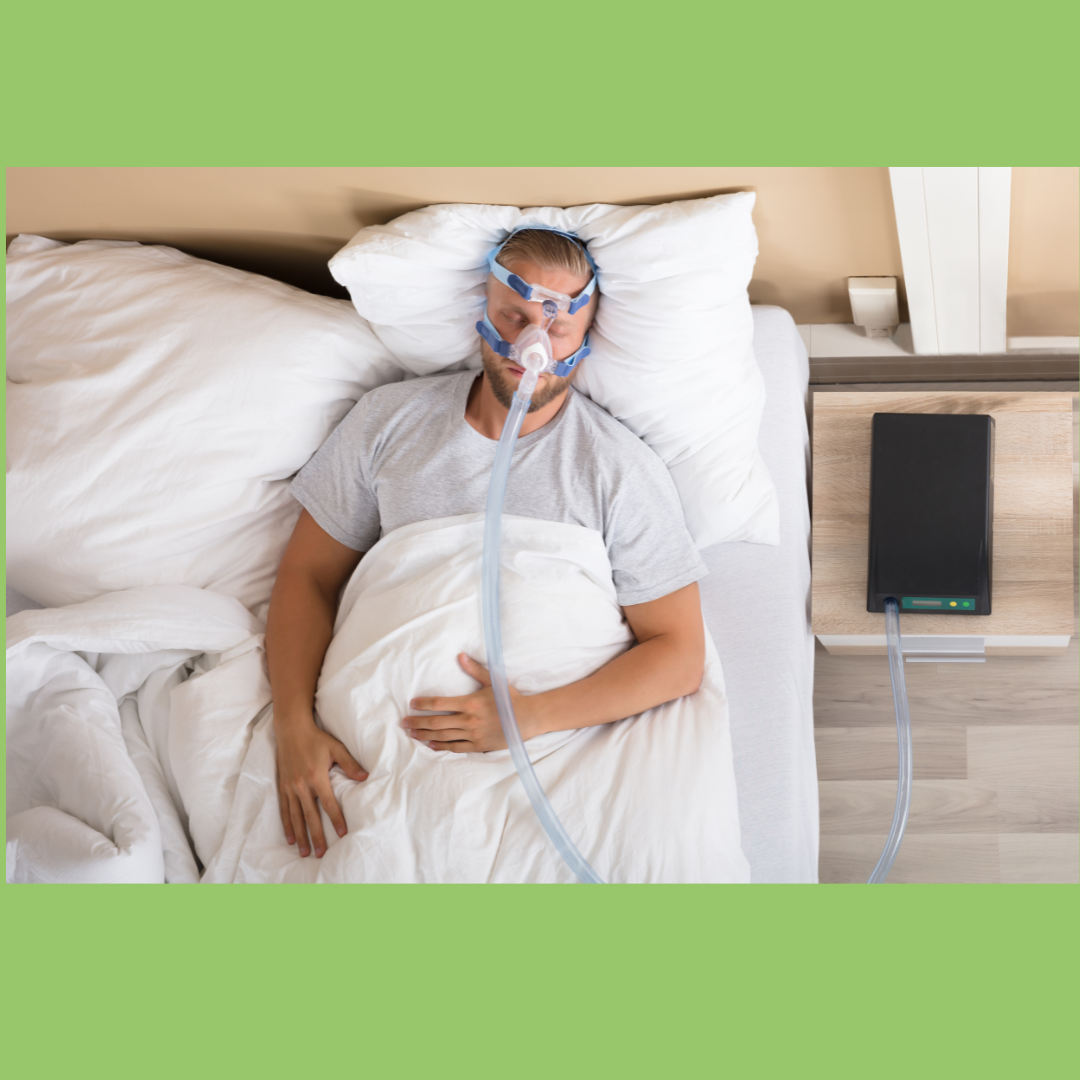Sleep apnea and diabetes are two distinct medical conditions, but they are often closely linked, and each can have an impact on the other. Here's what you need to know about the relationship between sleep apnea and diabetes:
-
Relationship Between Sleep Apnea and Diabetes:
- Sleep apnea is a sleep disorder characterised by pauses in breathing or shallow breaths during sleep. The two main types of sleep apnea are obstructive sleep apnea (OSA), caused by the relaxation of throat muscles, and central sleep apnea (CSA), caused by a lack of respiratory effort.
- Individuals with diabetes are at a higher risk of developing sleep apnea, and vice versa. The exact reasons for this association are not fully understood, but several factors may contribute, including obesity, insulin resistance, inflammation, and changes in hormone levels.
- Sleep apnea can exacerbate diabetes by contributing to insulin resistance, glucose intolerance, and poor glycemic control. Conversely, diabetes-related complications such as neuropathy and obesity can increase the risk of sleep apnea.
-
Impact of Sleep Apnea on Diabetes Management:
- Sleep apnea can make it more challenging to manage diabetes effectively. Poor-quality sleep and daytime fatigue can lead to decreased physical activity, poor dietary choices, and difficulty adhering to diabetes treatment plans.
- Sleep apnea is associated with an increased risk of cardiovascular complications, including hypertension, heart disease, and stroke, which can further complicate diabetes management.
-
Treatment Options for Sleep Apnea:
- Continuous positive airway pressure (CPAP) therapy is the primary treatment for obstructive sleep apnea. CPAP involves wearing a mask connected to a machine that delivers a continuous flow of air to keep the airway open during sleep.
- Other treatment options for sleep apnea may include oral appliances, positional therapy, lifestyle modifications (such as weight loss and smoking cessation), and in severe cases, surgery.
-
Reversal of Sleep Apnea and Diabetes:
- While sleep apnea and diabetes may not be fully reversible, their symptoms and complications can often be effectively managed with appropriate treatment and lifestyle modifications.
- Adhering to CPAP therapy can significantly improve sleep apnea symptoms and may lead to improvements in diabetes management, including better glycemic control and reduced insulin resistance.
- Lifestyle modifications such as weight loss, regular exercise, and healthy eating can also help improve both sleep apnea and diabetes outcomes.
-
In short, Sleep apnea is a potentially serious sleep disorder in which breathing repeatedly stops and starts. If you snore loudly and feel tired even after a full night's sleep, you might have sleep apnea.
The main types of sleep apnea are:
- Obstructive sleep apnea (OSA), which is the more common form that occurs when throat muscles relax and block the flow of air into the lungs
- Central sleep apnea (CSA), which occurs when the brain doesn't send proper signals to the muscles that control breathing
- Treatment-emergent central sleep apnea, also known as complex sleep apnea, which happens when someone has OSA — diagnosed with a sleep study — that converts to CSA when receiving therapy for OSA
In summary, sleep apnea and diabetes often coexist and can have a bidirectional relationship, with each condition influencing the other. While they may not be fully reversible, their symptoms and complications can be effectively managed with appropriate treatment, lifestyle modifications, and ongoing medical care. If you suspect you have sleep apnea or diabetes, it's important to consult with a healthcare provider for proper evaluation, diagnosis, and treatment.

